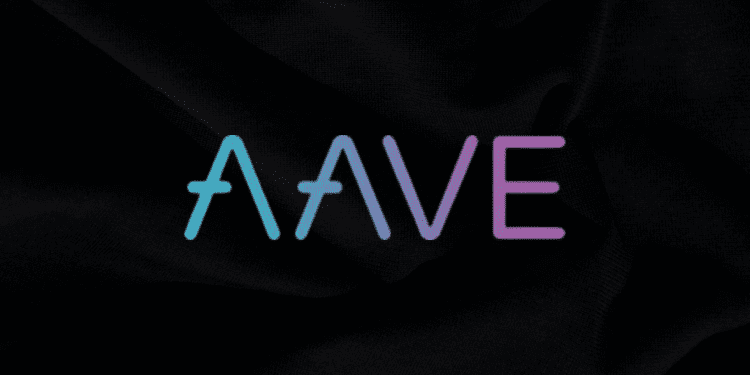Block Analitica, a third-party crypto analytics company contracted by AAVE, identified three risk vectors to the AAVE protocol surrounding the upcoming Ethereum proof-of-stake(PoS) merge. The primary risk is the high use of ETH borrowing, which could interfere with the protocol’s ability to liquidate accounts, thus risk insolvency. AAVE chose to pause ETH borrowing ahead of the merge through a governance vote.
Why do users want to borrow ETH ahead of the merge?
A successful merge event will result in the forking of Ethereum into a proof-of-work (PoW) and a proof-of-stake(PoS) chain. This means every asset on Ethereum will be duplicated into PoW and PoS versions. Most investments outside of ETH on the PoW chain will be worthless. Speculative users are planning to maximize their ability to earn from this event. The favored tactic is to borrow as much ETH as possible from their collateralizable assets. Centralized exchanges such as MEXC and Poloniex already have futures markets for the upcoming PoW ETH.
Block Analitica’s Findings
The primary collateral used to borrow ETH is stETH, Lido’s liquid staked ETH, which accounts for more than 50% of all borrow positions. Users frequently employ recursive borrowing strategies with stETH and ETH. Block Analitica found that the peg between stETH and ETH would have to reach a spread of 15% for significant liquidations to begin on these AAVE positions.
Outside of stETH collateralized positions, the amount of ETH borrowed has increased from $120m to $390m in the last ten days. This rapid change shows that speculative users are positioning for the merge event by borrowing as much ETH as possible.
The Risks of High ETH Utilization to the AAVE Protocol
High ETH borrowing utilization poses three significant risks to AAVE:
1. Liquidations become harder or impossible
The price volatility of ETH is expected to increase as we get closer to the merger. Price swings could create undercollateralized ETH long positions requiring liquidation. If most or all of the ETH on AAVE is borrowed, liquidators would be unable to process liquidations.
2. ETH interest rates make stETH/ETH positions unprofitable
A popular tactic on AAVE is to collateralize stETH, borrow ETH, stake with Lido for more stETH, and repeat. When ETH interest rates increase, users unwind their borrows by redeeming their stETH for ETH, which causes the price to spread. Should the price gap grow large enough, stETH collateralized position could become undercollateralized on AAVE.
3. ETH lenders withdraw their funds and push utilization higher
Regular users of AAVE could become fearful of their funds becoming stuck in the platform due to max utilization of ETH. As they withdraw their ETH from the lending side, the utilization rate increases as there is now less ETH available to borrow. This can exacerbate the risks mentioned earlier.
The Vote to Pause ETH Borrowing
AAVE passed a snapshot proposal on September 2nd to pause ETH borrowing ahead of the merge. This moved to a final DAO governance vote passed on September 5th, codifying the proposal. All ETH borrowing on AAVE will be paused until the completion of the merge event.AAVE Passes Proposal To Pause ETH Borrowing Ahead of the Merge














